Articles > Geography
If you’re studying for each the World Countries/Dependencies With Lowest Population Density or World Countries/Dependencies With Highest Population Density quizzes, you’ll need to know these. Here are the regions with the highest and lowest population densities.
Greenland – 0.03 per sq km
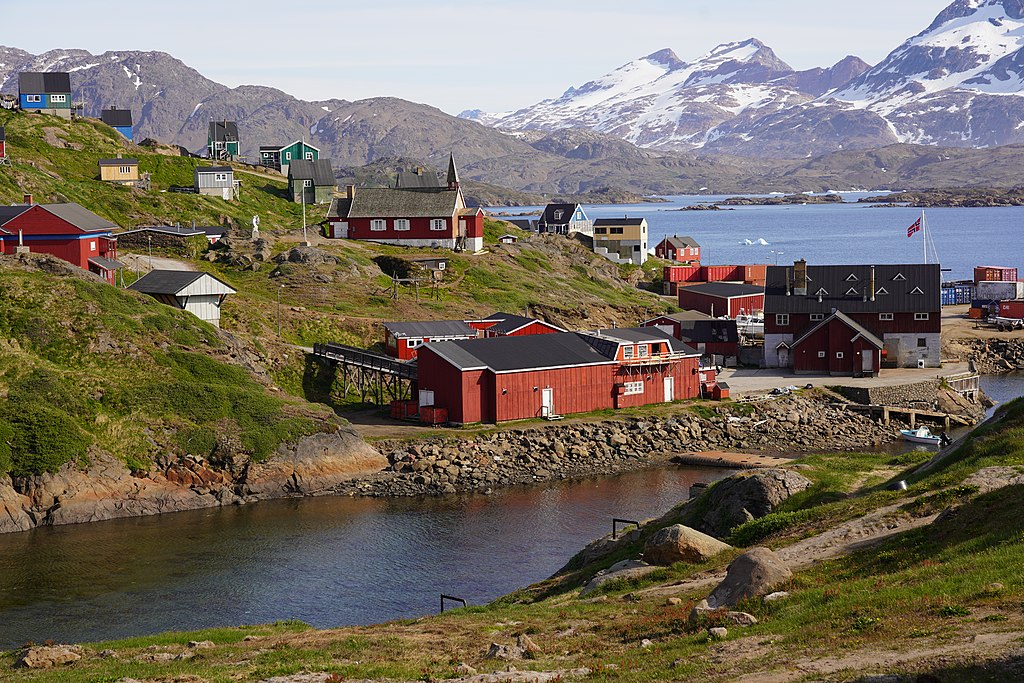
Greenland, the world’s largest island, is a stunning landmass covered primarily in ice. Located between the Arctic and Atlantic Oceans, this autonomous territory within the Kingdom of Denmark is known for its vast, uninhabitable ice sheets. Despite its enormous size of over 2 million square kilometers, Greenland’s population is only about 56,000, concentrated along its ice-free coastal areas. This results in an extremely low population density of just 0.03 people per square kilometer, making it the least densely populated region in the world. Greenland’s unique climate and environment attract researchers and adventurous travelers seeking unparalleled natural beauty, from fjords to the mesmerizing Northern Lights.
Interesting Fact:
Greenland is home to the world’s second-largest ice sheet, which holds about 8% of Earth’s freshwater.
Svalbard and Jan Mayen – 0.05 per sq km
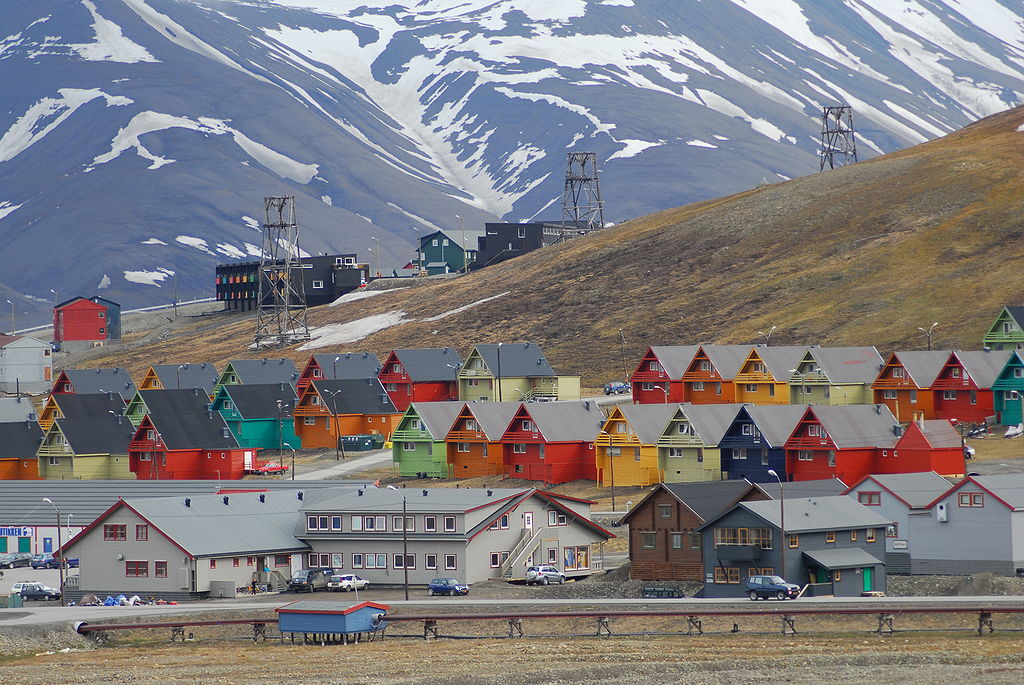
Svalbard and Jan Mayen are remote archipelagos governed by Norway, located in the Arctic Ocean. Known for their rugged beauty, icy terrain, and polar bears, these regions have a combined population of fewer than 3,000 residents, giving them a density of just 0.05 people per square kilometer. Svalbard is renowned for its scientific research facilities, particularly in polar studies, and its legal designation as a demilitarized zone, open to peaceful international activities. Jan Mayen, on the other hand, is uninhabited except for personnel stationed at a meteorological outpost.
Interesting Fact:
Svalbard has an unusual law: it is illegal to die there due to the permafrost, which prevents decomposition.
Falkland Islands – 0.3 per sq km
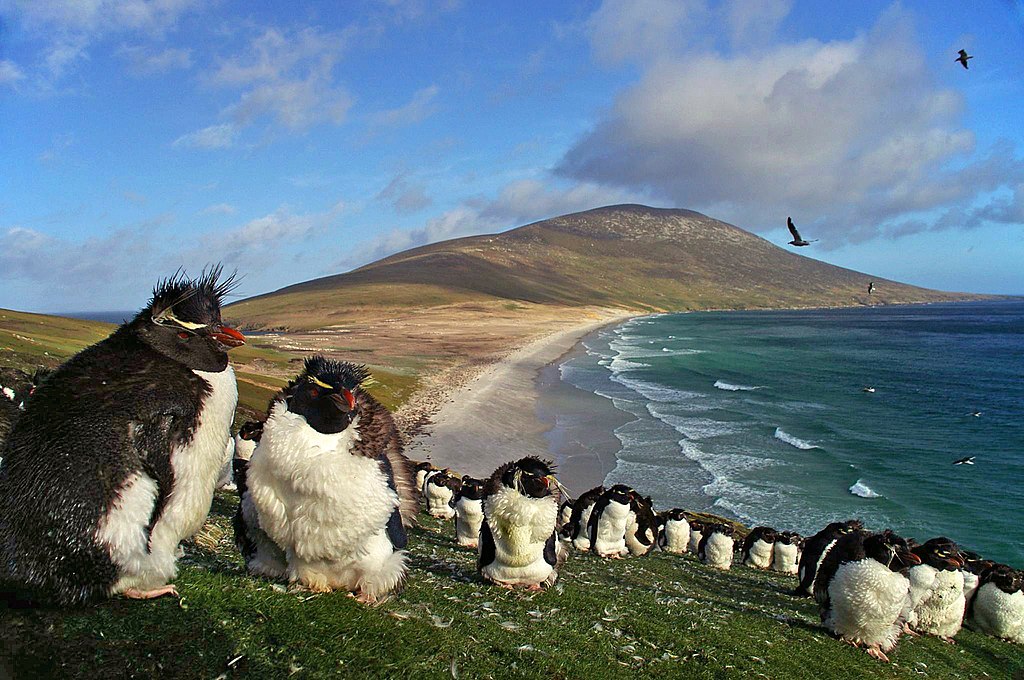
The Falkland Islands, a British Overseas Territory, consist of two main islands and numerous smaller ones located in the South Atlantic Ocean. The islands are known for their remote beauty, rugged landscapes, and abundant wildlife, particularly penguins and seals. With a population of about 3,400 people spread over 12,000 square kilometers, the Falklands have a population density of only 0.3 people per square kilometer. The islands’ economy relies heavily on sheep farming, fishing, and tourism, particularly eco-tourism focused on the region’s pristine environment.
Interesting Fact:
The Falkland Islands are home to five species of penguins, making them a haven for bird enthusiasts.
Western Sahara – 2 per sq km

Western Sahara, located on the northwestern coast of Africa, is one of the most sparsely populated regions in the world. With a density of just 2 people per square kilometer, much of the territory is covered by the Sahara Desert, making habitation challenging outside a few key urban centers like Laayoune. The region is subject to an ongoing territorial dispute between Morocco and the Polisario Front. Despite its harsh climate, Western Sahara is rich in natural resources, particularly phosphates, and has a long Atlantic coastline that supports fishing industries.
Interesting Fact:
Western Sahara is one of the largest non-self-governing territories recognized by the United Nations.
Mongolia – 2 per sq km

Mongolia, often called the “Land of the Eternal Blue Sky,” is a vast, landlocked country in East Asia. It has one of the lowest population densities in the world at just 2 people per square kilometer. Known for its expansive steppes, deserts, and nomadic culture, Mongolia is a land of extraordinary natural beauty. The Gobi Desert, mountains, and grasslands dominate its landscape, while the capital, Ulaanbaatar, is home to nearly half of the country’s 3.3 million people. Historically, Mongolia is famous as the heart of the Mongol Empire under Genghis Khan.
Interesting Fact:
Mongolia has more horses than people, with about 4 million horses compared to its human population of 3.3 million.
Namibia – 3 per sq km
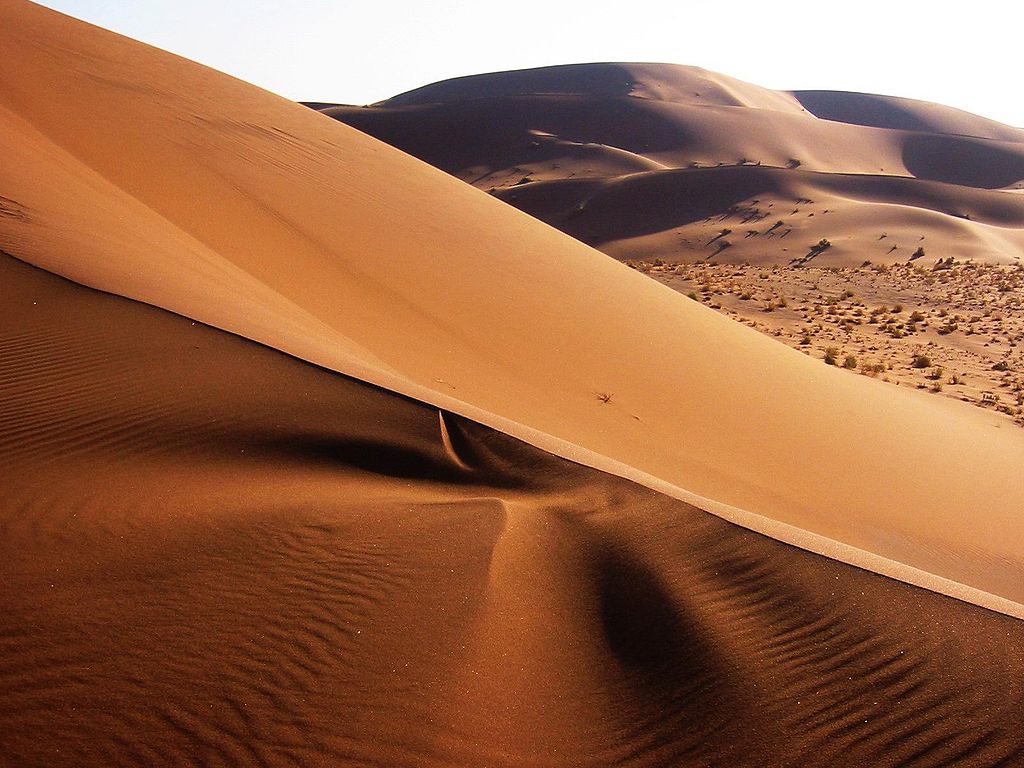
Namibia, located in southern Africa, is a land of stark beauty and contrasts. With a population density of just 3 people per square kilometer, it is one of the least densely populated countries in the world. The vast Namib Desert, which stretches along the Atlantic coast, is one of the oldest deserts on Earth and a defining feature of the country. Namibia is home to diverse wildlife, including elephants, lions, and cheetahs, which roam freely across its national parks and protected areas. The country is also rich in natural resources, such as uranium and diamonds, which play a significant role in its economy.
Interesting Fact:
Namibia was the first country in the world to include environmental protection in its constitution.
Australia – 3 per sq km

Australia, the sixth-largest country in the world by area, is famous for its unique landscapes and biodiversity. Despite its vast landmass, the country has a population density of only 3 people per square kilometer, with most of the population concentrated in urban centers like Sydney, Melbourne, and Brisbane. The interior, known as the Outback, is sparsely inhabited and features arid deserts, expansive plains, and rugged terrain. Australia is renowned for its natural wonders, including the Great Barrier Reef, Uluru, and diverse wildlife such as kangaroos and koalas.
Interesting Fact:
Australia is home to over 10,000 beaches, more than any other country in the world.
Iceland – 4 per sq km
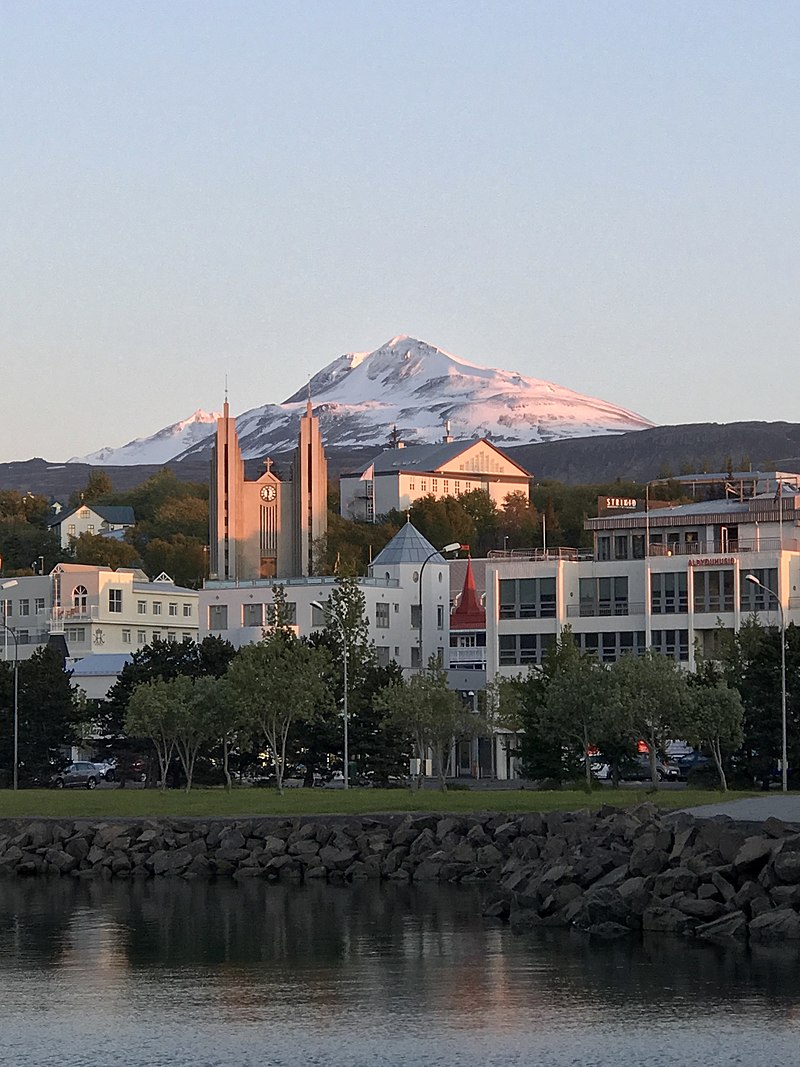
Iceland, an island nation in the North Atlantic, is known for its dramatic landscapes of volcanoes, glaciers, geysers, and hot springs. With a population density of only 4 people per square kilometer, much of the country is uninhabited. The capital, Reykjavik, is home to the majority of the population and is a hub for culture and tourism. Iceland is one of the most environmentally conscious countries in the world, relying heavily on renewable energy sources like geothermal and hydropower.
Interesting Fact:
Iceland has no army, and its police do not carry firearms.
Suriname – 4 per sq km
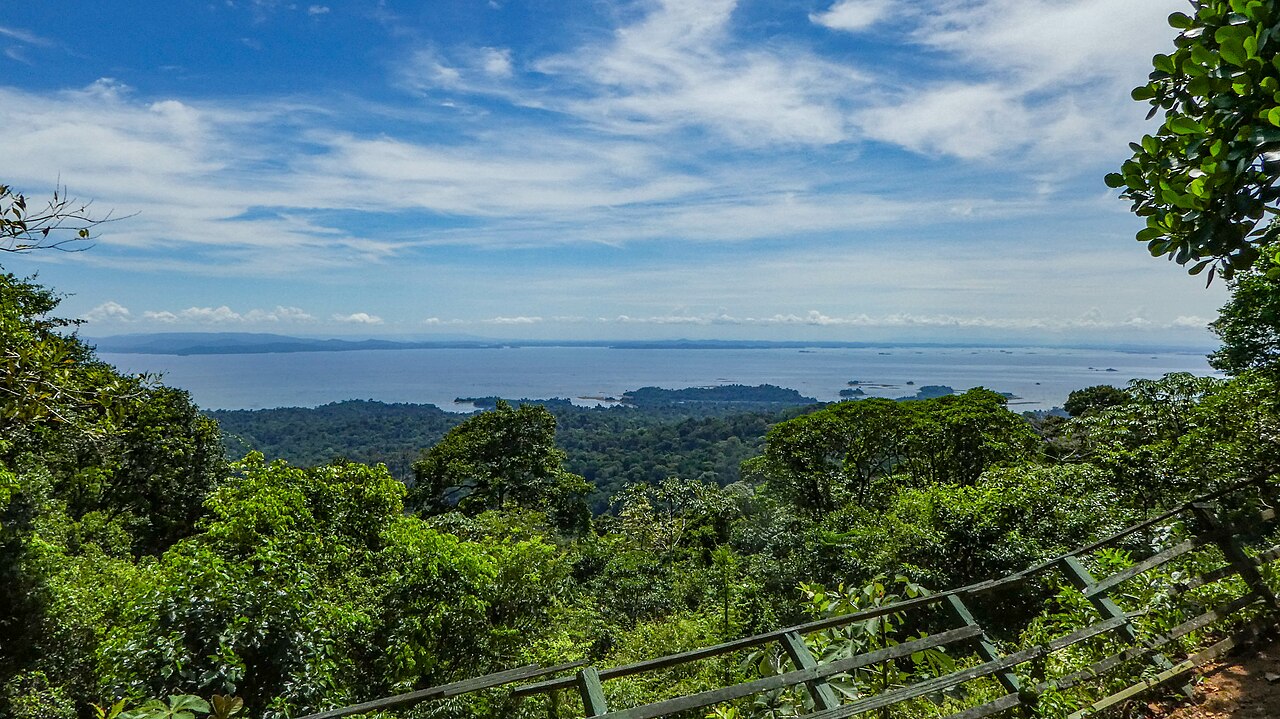
Suriname, located on the northeastern coast of South America, is a small yet culturally diverse nation. With a population density of 4 people per square kilometer, much of its land is covered by tropical rainforests, making it one of the most forested countries in the world. The country’s capital, Paramaribo, is a UNESCO World Heritage Site known for its Dutch colonial architecture. Suriname’s economy is heavily reliant on natural resources such as gold, oil, and bauxite.
Interesting Fact:
Suriname is the smallest country in South America, both in terms of size and population.
Guyana – 4 per sq km
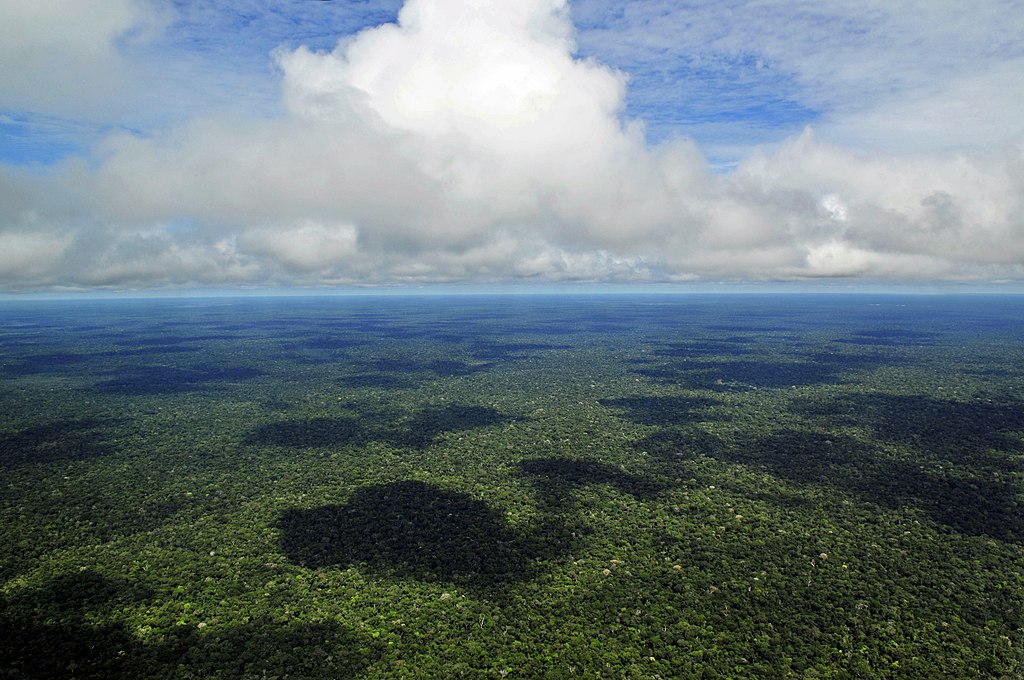
Guyana, located in the northern part of South America, is a country of unspoiled rainforests and diverse ecosystems. With a population density of only 4 people per square kilometer, it is one of the least densely populated countries in the world. The majority of its population resides along the coastline, while the interior is dominated by pristine rainforests, rivers, and waterfalls, including the famous Kaieteur Falls. Guyana’s economy is growing rapidly due to recent discoveries of offshore oil reserves.
Interesting Fact:
Kaieteur Falls in Guyana is one of the world’s tallest single-drop waterfalls, standing at 226 meters.
Macau – 20,806 per sq km

Macau, a Special Administrative Region of China, is the most densely populated region in the world, with a staggering population density of 20,806 people per square kilometer. Known as the “Las Vegas of Asia,” Macau is famous for its luxurious casinos and vibrant entertainment scene. Despite its small size, Macau has a rich cultural heritage influenced by its Portuguese colonial history. Visitors can explore its historic sites, such as the Ruins of St. Paul’s and A-Ma Temple, alongside modern skyscrapers and entertainment complexes.
Interesting Fact:
Macau generates more gambling revenue than Las Vegas, making it the world’s top gambling destination.
Monaco – 18,343 per sq km
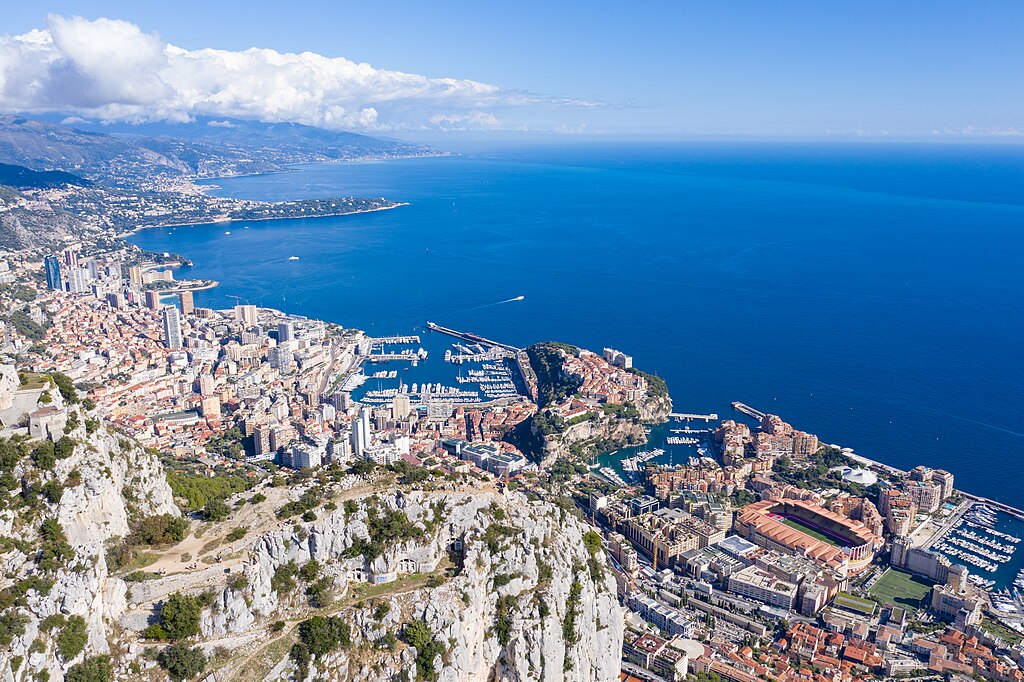
Monaco, a tiny sovereign city-state on the French Riviera, is the second most densely populated region in the world, with 18,343 people per square kilometer. Renowned for its luxurious lifestyle, Monaco is a playground for the wealthy, boasting glamorous casinos, yachts, and the iconic Monaco Grand Prix. Despite its high density, Monaco has no income tax for its residents, making it a magnet for high-net-worth individuals. The country is also known for its picturesque Mediterranean views and historic landmarks such as the Prince’s Palace.
Interesting Fact:
Monaco is so small that it could fit into New York City’s Central Park twice.
Singapore – 7,617 per sq km

Singapore, a global financial hub and sovereign city-state in Southeast Asia, has a population density of 7,617 people per square kilometer. Despite its limited land area, Singapore has developed a highly urbanized and efficient infrastructure. The city-state is renowned for its cleanliness, green spaces, and futuristic architecture, such as the Marina Bay Sands and Gardens by the Bay. Singapore’s economy is one of the most advanced and competitive in the world, supported by its strategic location and trade-oriented policies.
Interesting Fact:
Singapore has a national tree-planting day, and over 50% of the island is covered in greenery.
Hong Kong – 6,789 per sq km
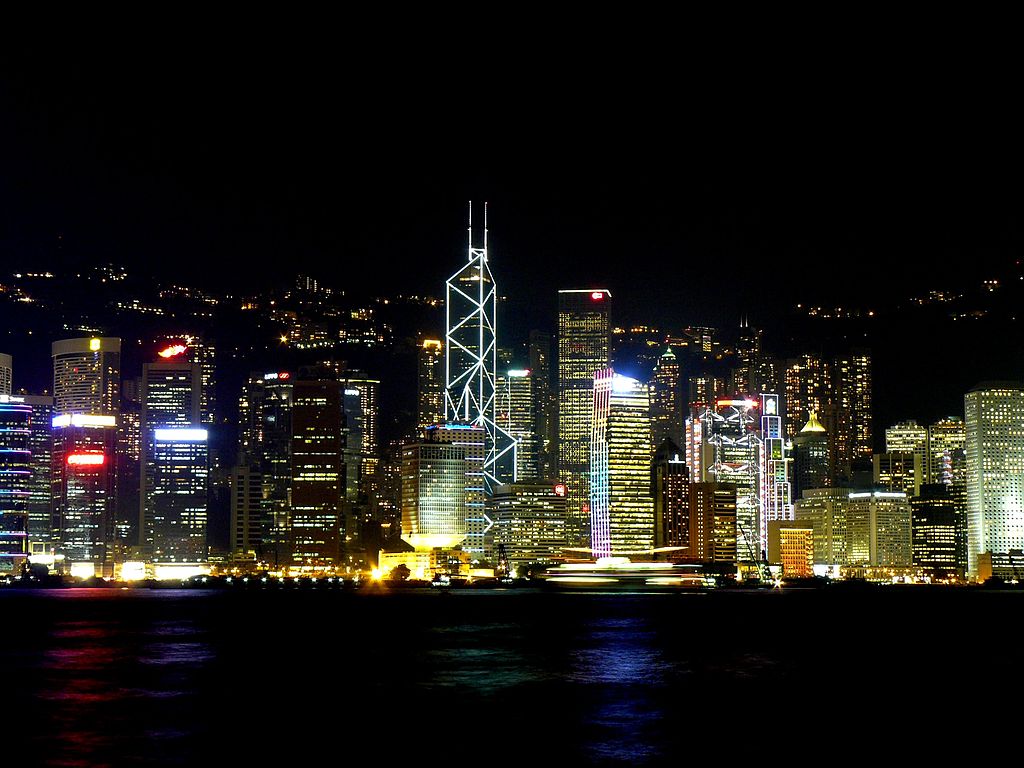
Hong Kong, a Special Administrative Region of China, boasts a population density of 6,789 people per square kilometer. Known for its impressive skyline and bustling harbor, Hong Kong is a global hub for finance, trade, and culture. The city combines traditional Chinese heritage with British colonial influences, evident in its cuisine, festivals, and architecture. Despite its density, Hong Kong has many green spaces, including hiking trails and nature reserves that offer respite from urban life.
Interesting Fact:
Hong Kong has more skyscrapers than any other city in the world, with over 500 buildings taller than 150 meters.
Gibraltar – 5,445 per sq km
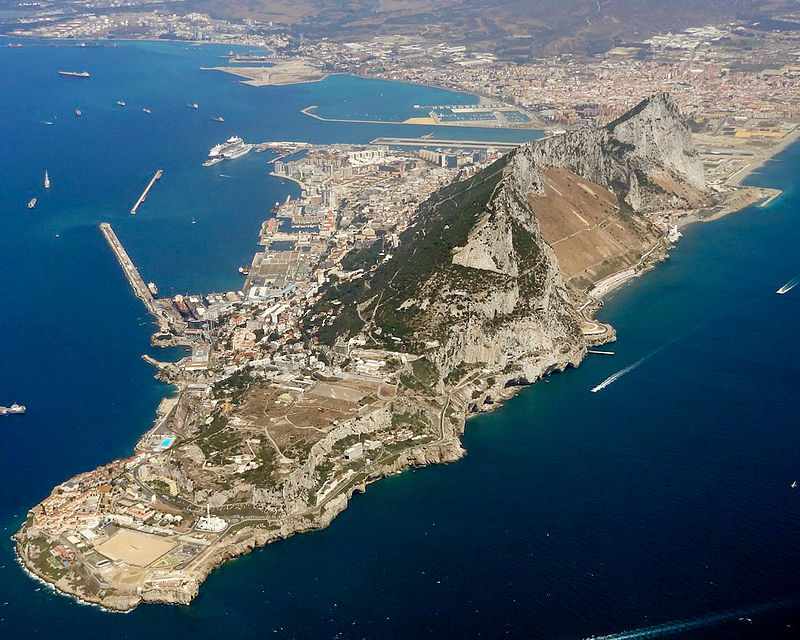
Gibraltar, a British Overseas Territory located at the southern tip of Spain, has a population density of 5,445 people per square kilometer. Despite its small size, Gibraltar is known for its strategic location at the entrance to the Mediterranean Sea and its iconic Rock of Gibraltar. The territory has a rich history dating back to ancient times and serves as a unique blend of British and Mediterranean cultures. Tourism and shipping are major contributors to Gibraltar’s economy.
Interesting Fact:
Gibraltar is home to Europe’s only population of wild monkeys, the Barbary macaques.
Bahrain – 1,864 per sq km
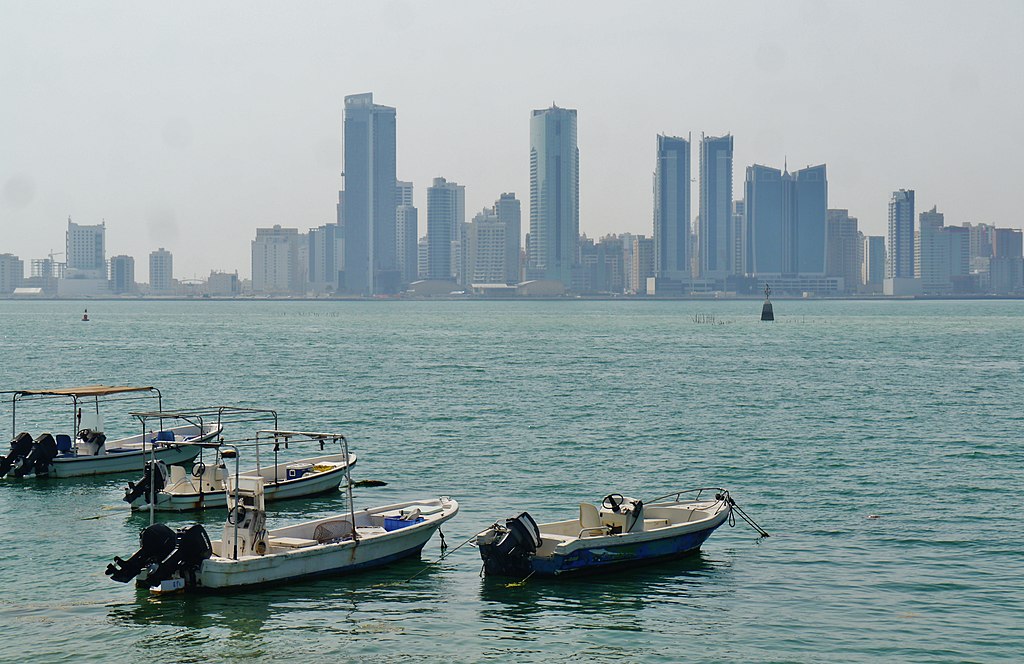
Bahrain, an island nation in the Persian Gulf, has a population density of 1,864 people per square kilometer. Known for its rich history and vibrant culture, Bahrain was a significant trading hub in ancient times, particularly during the Dilmun civilization. Today, it is a modern financial center in the Middle East, with a diversified economy that includes banking, tourism, and oil. Bahrain’s attractions include the Bahrain World Trade Center, historical forts, and the annual Formula 1 Grand Prix.
Interesting Fact:
Bahrain is believed to be the site of the biblical Garden of Eden.
Maldives – 1,738 per sq km
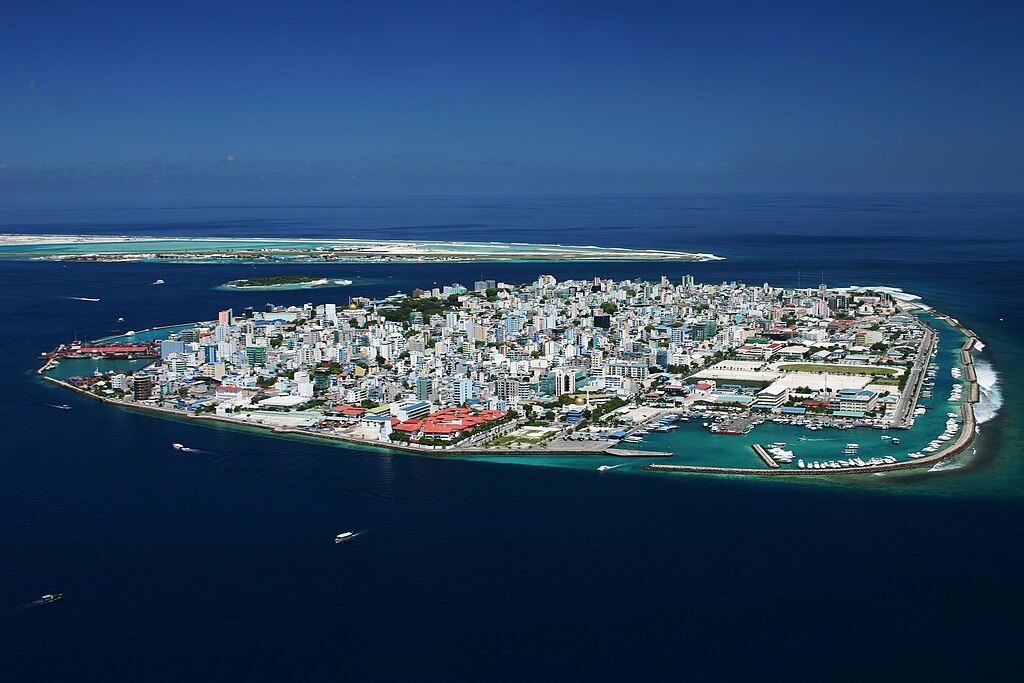
The Maldives, a tropical paradise in the Indian Ocean, has a population density of 1,738 people per square kilometer. Comprised of over 1,000 coral islands, the Maldives is famous for its luxurious resorts, white sandy beaches, and vibrant marine life. Tourism is the mainstay of the Maldivian economy, attracting visitors from around the world to its pristine waters. Rising sea levels due to climate change pose a significant threat to the low-lying islands of the Maldives.
Interesting Fact:
The Maldives is the flattest country in the world, with an average ground level of just 1.5 meters above sea level.
Malta – 1,667 per sq km

Malta, a small archipelago in the Mediterranean Sea, has a population density of 1,667 people per square kilometer. Known for its ancient history and picturesque landscapes, Malta is home to numerous UNESCO World Heritage Sites, including the Megalithic Temples and the historic city of Valletta. The country has a thriving tourism industry and a strong economy supported by trade, manufacturing, and financial services. Its sunny weather and rich cultural heritage make it a popular destination.
Interesting Fact:
Malta has been inhabited since 5900 BCE and is home to some of the world’s oldest free-standing structures.
Sint Maarten – 1,295 per sq km

Sint Maarten, located in the Caribbean, is a constituent country of the Kingdom of the Netherlands with a population density of 1,295 people per square kilometer. Known for its stunning beaches, lively nightlife, and dual culture, Sint Maarten shares its island with the French territory of Saint-Martin. Tourism is the primary driver of the economy, attracting visitors to its resorts, casinos, and duty-free shopping. The island is also famous for Princess Juliana International Airport, where planes fly low over Maho Beach.
Interesting Fact:
Sint Maarten is the smallest island in the world to be divided between two countries.
Bermuda – 1,211 per sq km
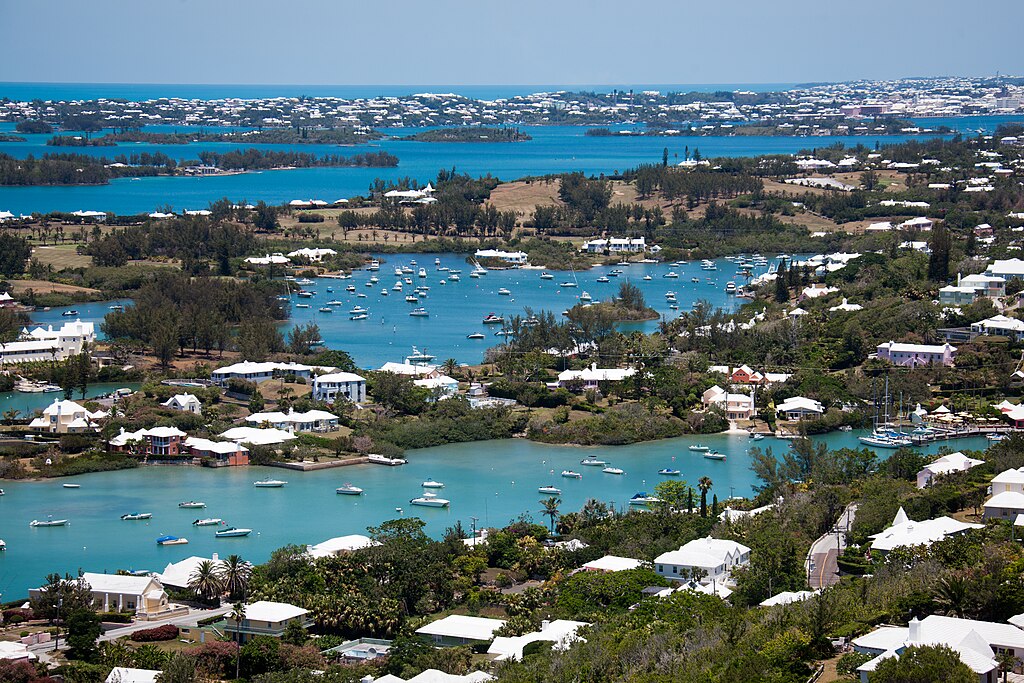
Bermuda, a British Overseas Territory in the North Atlantic Ocean, has a population density of 1,211 people per square kilometer. Known for its pink sand beaches, crystal-clear waters, and colorful houses, Bermuda is a popular tourist destination. The territory’s economy is primarily driven by international business and tourism. Bermuda also has a unique blend of British and Caribbean influences, reflected in its culture, cuisine, and traditions.
Interesting Fact:
Bermuda is not in the Caribbean but is often mistaken as such due to its tropical appearance.




